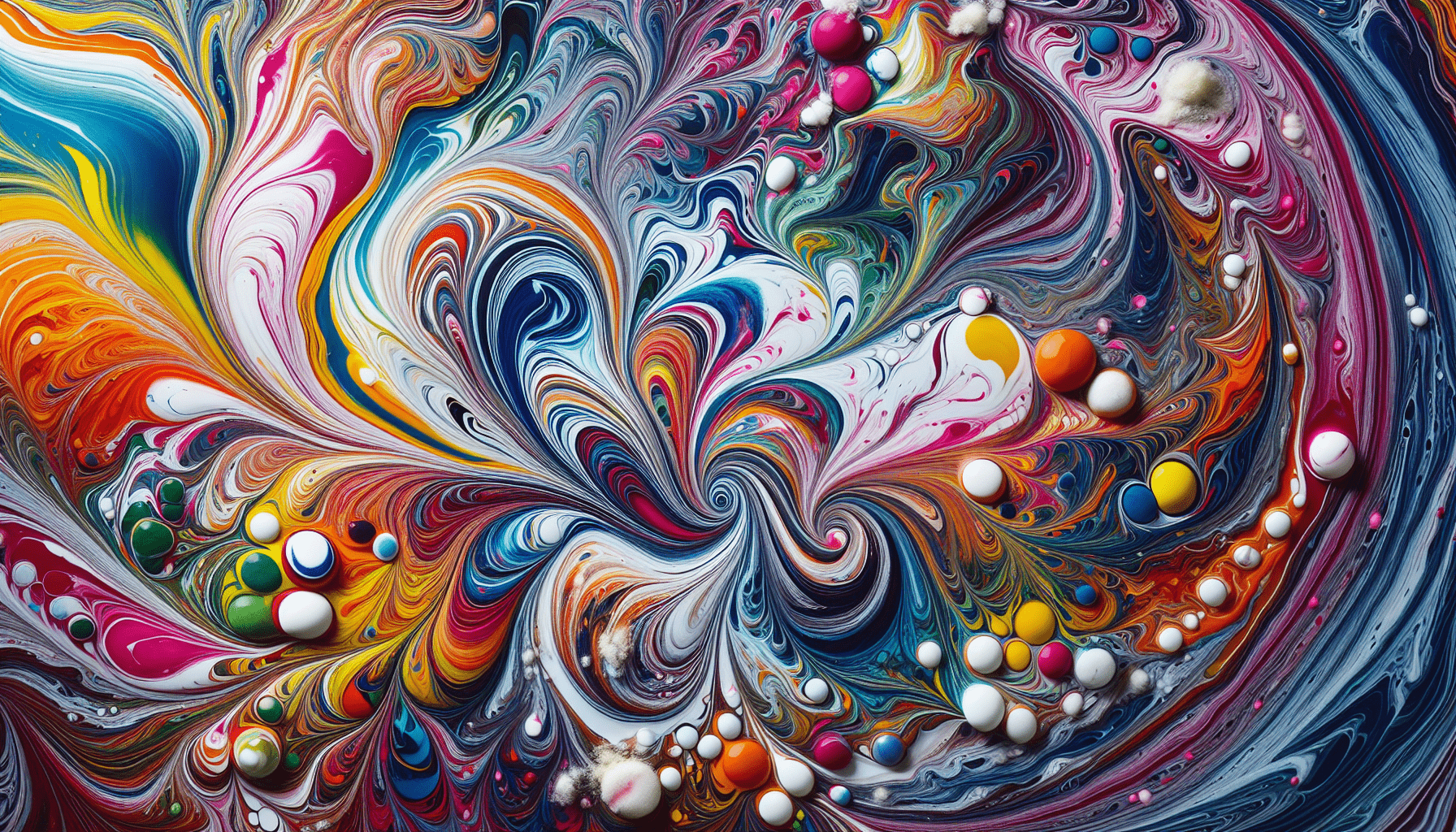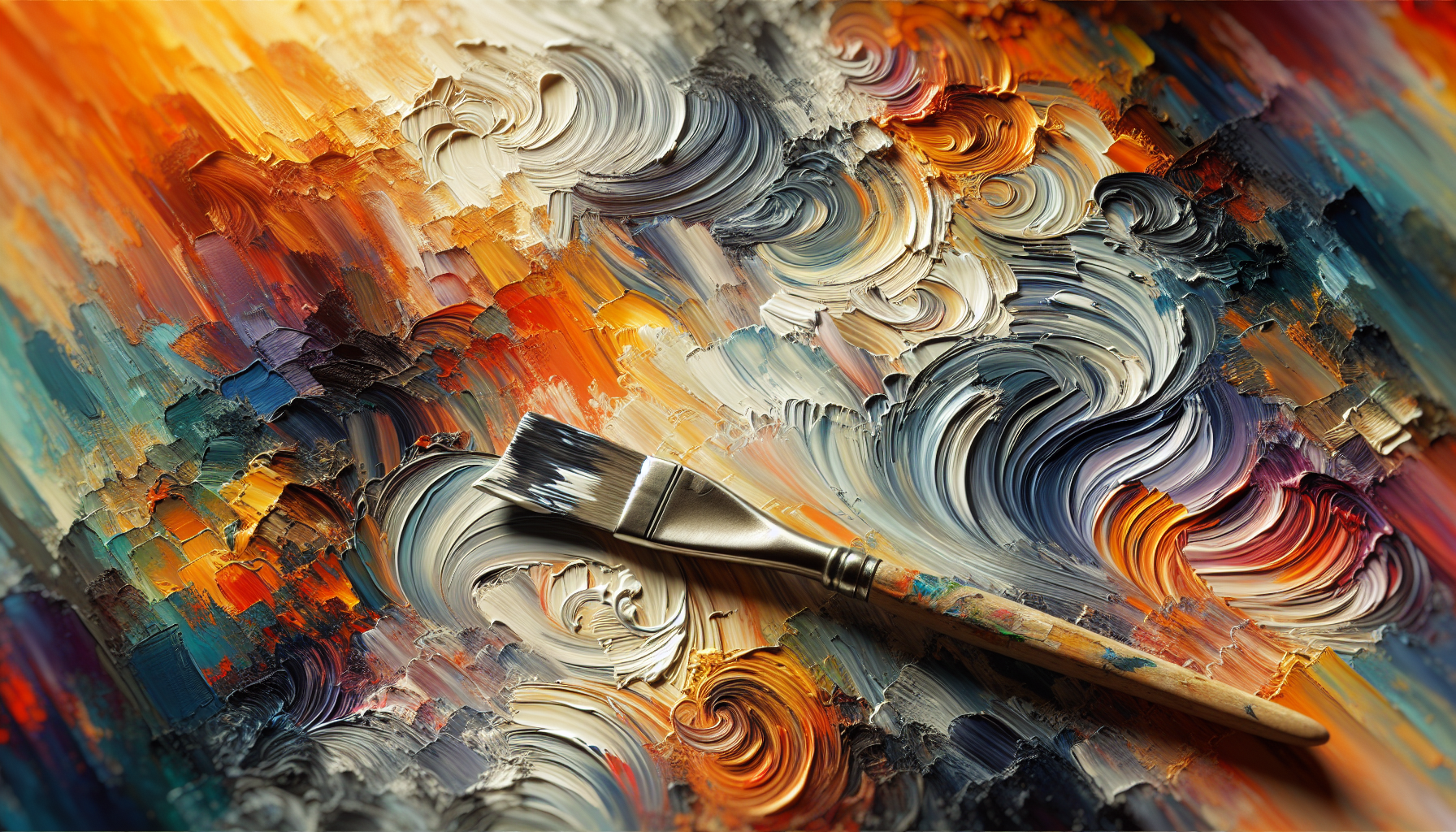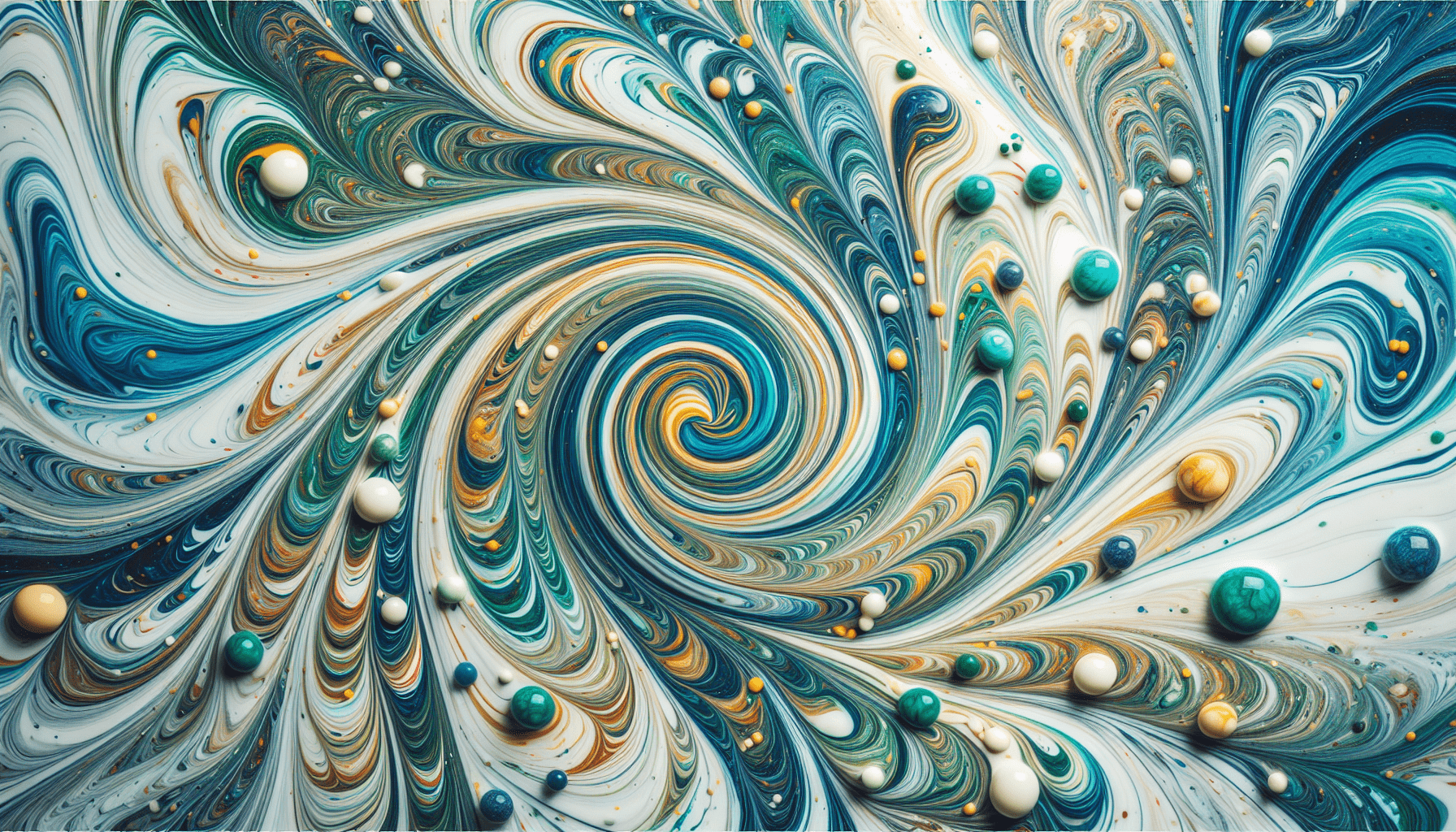Have you ever wondered if cornstarch could be the key ingredient in mastering the art of water marbling? Water marbling is an ancient technique used for creating mesmerizing swirl effects on paper, fabric, and even nails. Traditionally, this technique employs various mediums to produce a buoyant surface, allowing colors to spread and form intricate patterns. Can cornstarch, a common kitchen staple, serve as an effective alternative in the water marbling process? This question has piqued the curiosity of many DIY enthusiasts and artists, and delving into the specifics will unravel insights you may have never considered before.
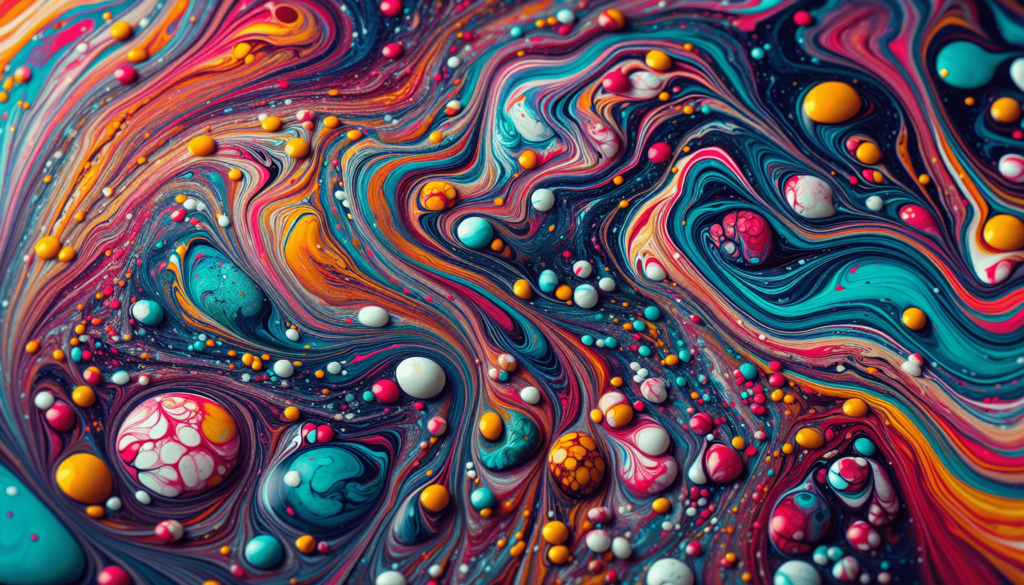
Understanding Water Marbling
Water marbling is a captivating method that relies on the surface tension between water and paint to create unique, one-of-a-kind designs. Understanding its fundamentals is crucial in determining alternatives to traditional materials used in the practice.
The Art of Water Marbling
Water marbling involves dripping paint or ink onto a liquid surface where it spreads to form a pattern. The design is then transferred onto another medium like paper or fabric. This art form dates back to the 12th century and has evolved over time, incorporating various mediums and substances to improve the marbling quality.
Traditional Materials Used in Water Marbling
Typically, water marbling utilizes materials like carrageenan or methyl cellulose to thicken water, providing the perfect base for paints. These substances enable paints to float and spread evenly without mixing, creating defined patterns. The choice of these materials depends on the desired effect and the medium used to capture the designs.
Exploring Cornstarch as an Alternative
With the continuous quest for innovation and cost-effectiveness, artists often explore alternative materials to achieve similar effects. Cornstarch is abundant, inexpensive, and easy to find, making it a potential candidate for water marbling.
Why Consider Cornstarch?
Cornstarch is well-known for its thickening properties, commonly used in cooking to stabilize sauces and soups. Its ability to form a gel-like texture when mixed with water makes it an intriguing option for a marbling medium. These characteristics suggest it could potentially replace traditional marbling substances.
Preparing Cornstarch for Water Marbling
The preparation of a cornstarch solution requires precision to achieve the right consistency for marbling. By mixing cornstarch and water in the correct proportions, you can create a base similar to traditional marbling mediums.
Cornstarch Solution Recipe
-
Ingredients:
- 4 cups water
- 1/4 cup cornstarch
-
Instructions:
- Bring 2 cups of water to a boil.
- In a separate bowl, mix the cornstarch with the remaining 2 cups of cold water until smooth.
- Gradually add the cornstarch mixture to the boiling water, stirring constantly.
- Continue stirring until the solution thickens and becomes clear.
Achieving the Desired Texture
Finding the right consistency can be challenging, as slight variations can significantly affect the outcome. The solution should be thick enough to support paint but not too viscous, impeding its movement. Experimenting with different ratios and application techniques is essential for optimal results.
The Science Behind Cornstarch and Water
To understand how cornstarch might function in water marbling, it’s essential to grasp the scientific principles at play.
Interaction of Cornstarch and Water
When cornstarch is introduced to water, it absorbs water and swells. The formation of starch granules creates a colloidal suspension, which can act as a thickening agent. However, achieving homogeneity in the mixture can influence how well paint adheres to the surface.
Surface Tension and Viscosity
Both surface tension and viscosity play crucial roles in water marbling. The surface tension determines how paint spreads on the medium, while viscosity dictates how fluid the paint travels. Ensuring these two factors align is fundamental in producing intricate patterns.
Challenges and Considerations
While the use of cornstarch is promising, it’s not without challenges. Identifying these potential issues is crucial in understanding its efficacy as a marbling medium.
Paint Compatibility
The choice of paint is critical when using cornstarch. Water-based paints, such as acrylics, generally perform better than oil-based ones. The latter may not sit well on a cornstarch medium due to differences in surface tension and density.
Durability of Patterns
One primary concern with cornstarch marbling is the pattern’s durability. As the medium dries, cornstarch may crack or cause the paint to flake off. Testing different drying techniques and protective finishes can help mitigate this issue.
Consistency Control
Fluctuations in consistency can result in uneven patterns. Ensuring the solution retains the same viscosity throughout is crucial, requiring constant stirring and adjustments to maintain balance.
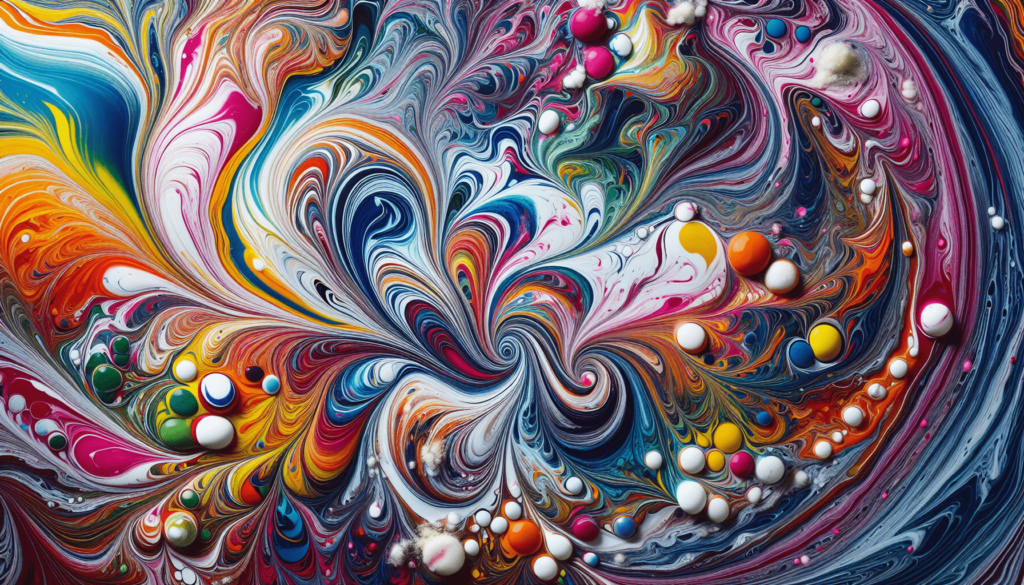
Experimenting with Cornstarch Water Marbling
For those willing to experiment, this section outlines steps and considerations for trying out cornstarch in water marbling. By approaching it methodically and creatively, you can explore the potential of this unconventional ingredient.
Setting Up Your Workspace
A well-organized workspace is essential for successful water marbling. Gather all necessary materials beforehand to ensure a seamless artistic process.
Necessary Materials
| Materials | Description |
|---|---|
| Cornstarch | Used as a thickening agent in the marbling medium |
| Water | Base for mixing with cornstarch |
| Small containers | For mixing paint and water |
| Paint or ink | To create your marbling patterns |
| Paper or fabric | Surface for transferring the design |
| Stirring stick | For mixing solutions |
| Protective wear | Apron and gloves to prevent stains |
Application Techniques
Once your workspace is prepared, experimentation begins. Techniques such as brushing, swirling, and combing can create distinct designs. Testing combinations of techniques can yield diverse outcomes.
Troubleshooting Common Issues
Even with careful preparation, unexpected issues may arise. Here are some common problems and ways to address them:
| Problem | Solution |
|---|---|
| Paint not spreading | Adjust the paint-to-water ratio or increase solution’s viscosity |
| Colors mixing | Separate droplets before they spread |
| Uneven pattern distribution | Stir the cornstarch solution more thoroughly |
| Cracking upon drying | Apply a protective finish to enhance durability |
Comparing Cornstarch with Traditional Mediums
To effectively determine cornstarch’s suitability, comparing it with traditional water marbling materials is valuable. While cornstarch offers promising results, understanding where it stands in relation to established products can guide your artistic endeavors.
Similarities and Differences
Both cornstarch and traditional mediums serve as thickeners, yet they differ in ease of preparation, cost, and accessibility. For instance, while carrageenan and methyl cellulose provide a more stable base for marbling, they are less readily available than cornstarch.
| Factor | Cornstarch | Traditional Mediums |
|---|---|---|
| Cost | Low | Medium to high |
| Availability | High | Low to medium |
| Ease of preparation | Moderate | Moderate to complex |
| Stability | Less stable | More stable |
Potential for Sustainable Practices
Incorporating cornstarch in water marbling not only offers a cost-effective solution but also aligns with sustainable practices. Cornstarch is biodegradable and derived from a renewable source, potentially reducing the environmental footprint of art materials.
Conclusion
The exploration of cornstarch as a medium for water marbling opens the door to creativity and innovation. While it presents challenges such as consistency control and pattern durability, the potential for unique and sustainable art forms makes it a worthwhile pursuit. By understanding the intricacies and executing precise preparation, you can master the use of cornstarch in your marbling projects. As you experiment and refine your techniques, the mesmerizing world of water marbling awaits, offering endless possibilities.
